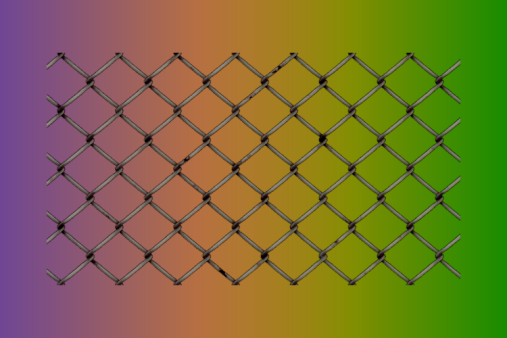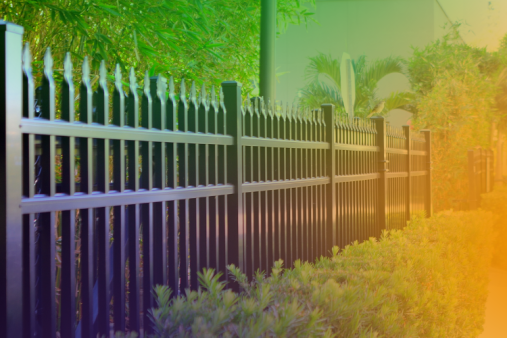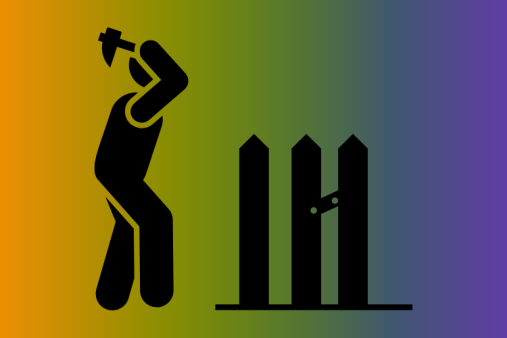Composite fencing has become an increasingly popular choice among UK homeowners due to its durability, low maintenance, and aesthetic appeal. However, understanding the costs involved is crucial for making an informed decision. This article delves into the expenses associated with composite fencing, including the costs of individual components, various options available, and how different choices can impact both quality and price.
Average Cost of Composite Fencing
The cost of composite fencing varies based on factors such as material quality, design, and supplier. On average, homeowners can expect to pay approximately £120 per panel, which translates to around £67 per metre for materials alone. For premium composite fences, prices can reach up to £240 per panel.
Breakdown of Component Costs
Understanding the individual components and their costs can help in budgeting for a composite fence installation:
-
Fence Panels: Standard composite fence panels (6ft wide x 6ft tall) are typically priced around £120 each. Premium panels with enhanced features or designs can cost up to £240 per panel.
-
Fence Posts: Composite fence posts are essential for supporting the panels. Each post usually costs between £22 and £35, depending on the supplier and specifications.
-
Gravel Boards: These are installed at the base of the fence to prevent rot and damage. Composite gravel boards are priced between £22 and £25 each.
-
Additional Accessories: Items such as post caps, finishing profiles, and post bases can add to the overall cost. For instance, a composite post base is approximately £13, while a post cap can be around £35.
Installation Costs
Labour costs for installing composite fencing average at £28 per metre, which includes concreting the post bases. However, this figure can increase if significant groundwork is required, such as removing existing structures or dealing with difficult terrain. For smaller projects, contractors might charge a minimum day rate, potentially raising the cost to around £130 per metre.
Factors Influencing Overall Cost
Several factors can affect the total expenditure on composite fencing:
-
Fence Height: Taller fences require more materials, leading to higher costs.
-
Number of Panels: The total number of panels needed will directly impact the material costs.
-
Location Accessibility: If the fence location is hard to access, installation may take longer, increasing labour costs.
-
Removal of Existing Fencing: If an old fence needs to be removed, this will add to the labour and disposal costs.
-
Additional Features: Incorporating elements like gates or decorative panels will further increase the overall expense.
Comparing Composite Fencing to Other Options
When selecting fencing materials, it's essential to consider both cost and quality. Here's a comparison of composite fencing with other common types:
-
Wooden Fencing: Traditional timber fences are generally less expensive upfront, with costs ranging from £10 to £50 per metre. However, they require regular maintenance, such as staining and treating, to prevent rot and decay. Over time, these maintenance tasks can add to the overall cost.
-
Vinyl (uPVC) Fencing: uPVC fences are cost-effective, easy to install, and low maintenance. A 6ft by 3ft panel typically costs between £40 and £50. While they offer durability and a clean appearance, they may lack the natural look that some homeowners prefer.
-
Metal Fencing: Options like wrought iron or steel fences are highly durable and provide a classic look. Prices vary widely based on design and material, ranging from £22 to £300 per 6ft panel. While they offer strength and longevity, they can be prone to rust and may require periodic maintenance.
Benefits of Composite Fencing
Despite a higher initial cost, composite fencing offers several advantages that can make it a worthwhile investment:
-
Low Maintenance: Unlike wood, composite materials do not require painting, staining, or sealing. A simple occasional clean with soapy water is sufficient to keep them looking new.
-
Durability: Composite fences are resistant to rot, decay, and insect damage, ensuring a longer lifespan compared to traditional timber fencing.
-
Aesthetic Appeal: Available in various colours and finishes, composite fencing can mimic the look of natural wood while providing a modern and sleek appearance.
-
Environmental Considerations: Many composite materials are made from recycled content, making them an eco-friendly choice for environmentally conscious homeowners.
Conclusion
Investing in composite fencing involves a careful consideration of both initial costs and long-term benefits. While the upfront expense may be higher compared to traditional fencing materials, the durability, low maintenance, and aesthetic advantages make composite fencing a compelling option for UK homeowners seeking a long-lasting and attractive solution for their outdoor spaces.





